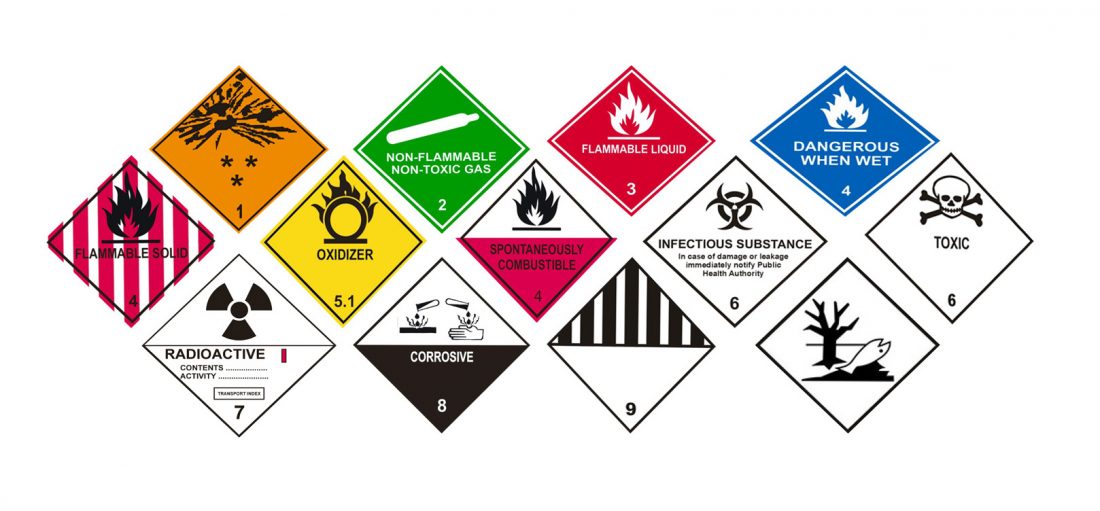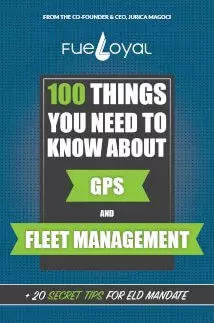Yet, the explosives have the feature to rapidly expand their pressure which unfortunately can result in devastating destruction.
Did you know that in fact Class 1 itself has 6 sub-classifications?
So let’s take a look at the table and learn more about these 6 sub-classifications!
| Division 1.1. | Substances that have a mass explosion hazard. |
| Division 1.2. | Substances and articles that have a projection hazard, but not a mass explosion hazard. |
| Division 1.3. | Substances or articles that have a fire hazard and either a minor blast hazard or minor projection hazard, or both but not a mass explosion hazard. |
| Division 1.4. | Substances and articles that present no significant hazard. The effect would be confined to the package and no projection of fragments of size or range is expected.
|
| Division 1.5. | Very insensitive substances that have a mass explosion hazard. These substances have a low probability of initiation or of transition from burning to detonation under normal conditions of transportation. |
| Division 1.6. | Extremely insensitive articles that do not have a mass explosion hazard. |
Class 2: Gases
Later on, the second classification includes the gasses. In fact, the gases can pose a hazard because they can easily diffuse over a large volume. Also gases can have a flammable, toxic and oxidizing effect.






